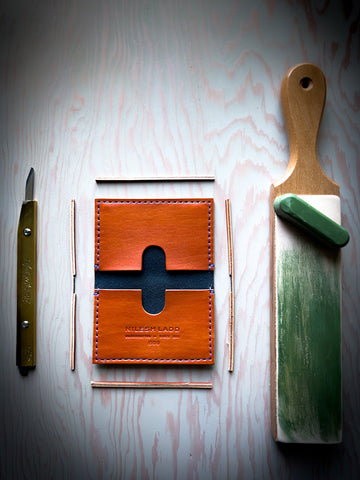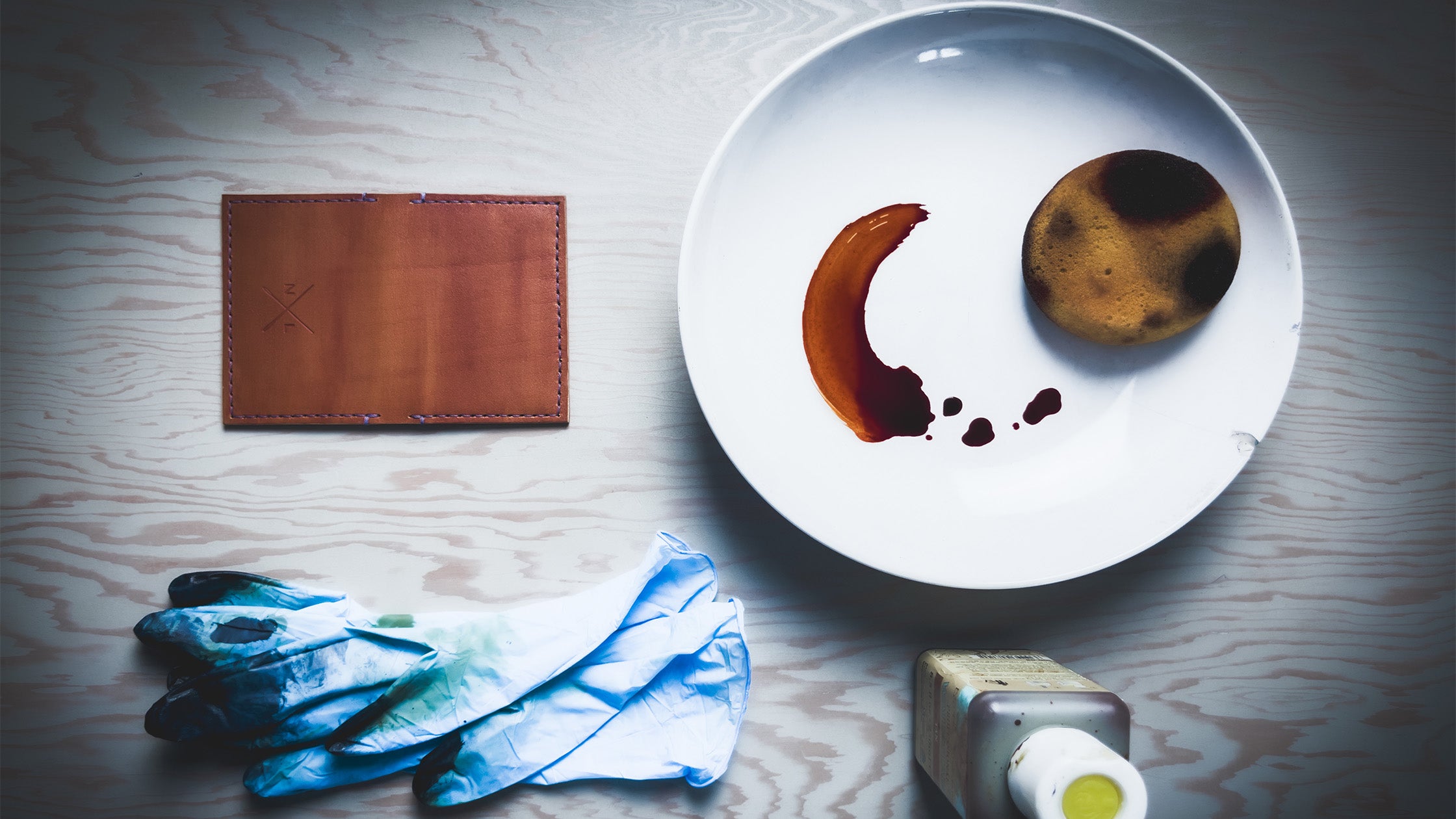Unveiling the Craft: Handmade vs. Handcrafted Leather Goods
When it comes to luxury leather goods, the terms “handmade” and “handcrafted” are often used interchangeably, leaving consumers wondering if there's a significant difference between the two. Let’s embark on a journey as we delve into the techniques that distinguish handmade from handcrafted leather goods, shedding light on the unique artistry and craftsmanship behind each method.
Table of Contents
Understanding the Basics:
Before we dive into the details, it's essential to establish a foundation for what constitutes handmade and handcrafted leather goods.
Handmade Leather Goods:
When a product is labeled as "handmade" it implies that the item has been primarily created by human hands, with minimal or no involvement of machinery. Craftsmen rely on their skills and expertise to meticulously craft each piece, emphasizing a personalized touch and attention to detail.Handcrafted Leather Goods:
On the other hand, "handcrafted" encompasses a broader spectrum. While it also involves manual labor, handcrafted goods may incorporate machinery at various stages of the production process. The key distinction lies in the hands-on involvement in crafting the product, ensuring a level of quality and uniqueness that sets it apart from mass-produced items.
Distinguishing Techniques:
Handmade Precision:
Handmade leather goods are characterized by the craftsman's hands being intimately involved in every step of the process. From cutting, dyeing and stitching to finishing touches, the application of traditional tools and techniques showcases a high level of precision and skill. This approach often results in products with a distinct, rustic charm, reflecting the individuality of the craftsman.
Handcrafted Versatility:
Handcrafted leather goods may incorporate modern tools and machinery to enhance efficiency, while still benefitting from the expertise of the craftsman. This allows for a broader range of designs and styles, catering to diverse consumer preferences. The use of technology doesn't compromise the craftsmanship but rather complements it, without sacrificing quality.
Comparative Benefits:
Benefits of Handmade Leather Goods:

- Uniqueness and Character:
The hallmark of handmade leather goods lies in their uniqueness. Each piece carries the imprint of the craftsman's style, resulting in products with individual character and imperfections that add to their charm. If you appreciate the beauty of one-of-a-kind items, handmade goods are likely to resonate with you.
- Craftsman Connection:
Purchasing handmade leather goods often involves a direct connection with the craftsman or small workshop. This connection can offer insight into the craftsmanship behind the product, fostering a sense of appreciation and accountability for both the consumer and the creator.
- Traditional Craftsmanship:
Handmade goods are deeply rooted in traditional craftsmanship, preserving time-honored techniques passed down through generations. For those who value the historical significance of artisanal skills, handmade leather goods carry a sense of authenticity and cultural richness.
Benefits of Handcrafted Leather Goods:

- Precision and Consistency:
Handcrafted leather goods benefit from a level of precision that modern machinery can provide. This results in products with consistent quality and uniformity, appealing to those who appreciate a polished and refined finish.
- Innovation and Variety:
The integration of technology in the handcrafting process allows for a wider array of designs and styles. The craftsman can experiment with shapes and patterns, pushing the boundaries of traditional craftsmanship. This versatility can appeal to consumers who are seeking traditional methods and modern design.
- Efficiency in Production:
The use of machinery in handcrafted processes often leads to increased efficiency in production. This can result in a more accessible price point for consumers without compromising the quality and craftsmanship associated with handmade items.
The Middle Ground:
While the distinction between handmade and handcrafted leather goods is evident, it's essential to recognize that both methods contribute to the rich tapestry of the leathercraft world. The choice between the two ultimately depends on individual preferences, values, and the specific qualities one seeks in a leather product.
Finding Harmony:
- Blend of Tradition and Technology:
Some craftsmen and workshops seamlessly blend traditional handmade techniques with modern machinery. This harmonious approach allows for the preservation of artisanal skills while leveraging technology to enhance efficiency and offer a broader range of designs.
- Consumer Empowerment:
In an era where consumers are increasingly conscious of their purchasing decisions, both handmade and handcrafted options empower buyers to support ethical practices and skilled craftsmen. Choosing either method contributes to sustaining craftsmanship and preserving the artistry of leather goods.
Conclusion:
 In the world of luxury leather goods, the choice between handmade and handcrafted is a matter of personal preference. Whether you're drawn to the rustic charm of handmade goods or the precision of handcrafted items, both approaches embody the dedication of skilled artisans. As consumers, understanding the unique qualities of each method allows us to make informed choices and foster an appreciation for the diverse and intricate world of leather goods.
In the world of luxury leather goods, the choice between handmade and handcrafted is a matter of personal preference. Whether you're drawn to the rustic charm of handmade goods or the precision of handcrafted items, both approaches embody the dedication of skilled artisans. As consumers, understanding the unique qualities of each method allows us to make informed choices and foster an appreciation for the diverse and intricate world of leather goods.Click here to explore both our handmade and handcrafted leather products.

